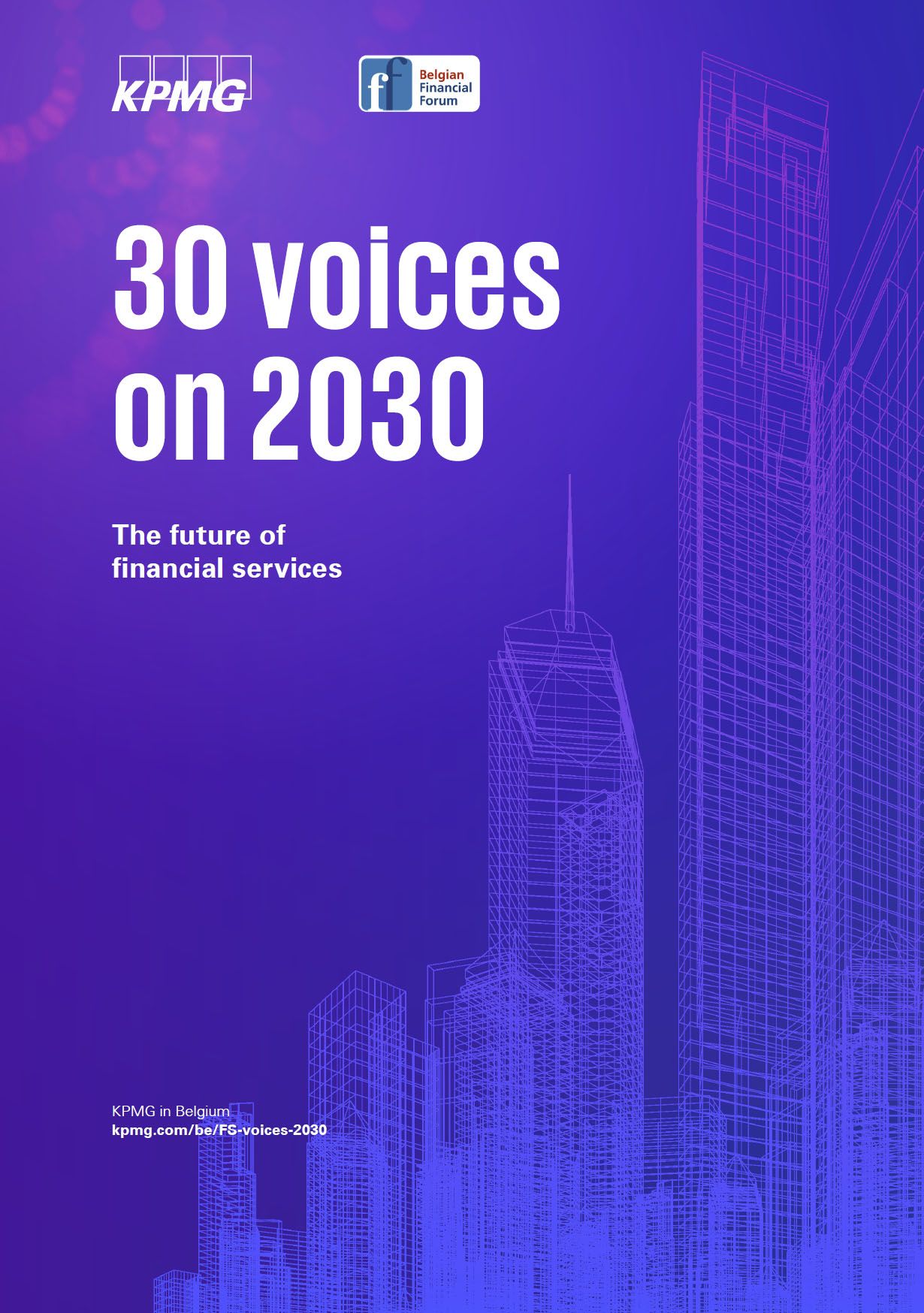It seems almost self-evident that digitalization becomes an Olympic minimum in the financial sector, but according to Kim Van Esbroeck, Country Head of the digital bank Aion, it is anything but. “I have seen big efforts, but in 2030 not every bank has gotten past the digitalization of its front end.
After three decades in this new millennium, the winners in financial services are the companies that have made their business model 100% digital. In the evolution towards digitalization, there has been two speeds: instead of full digitalization, many players limit themselves to the digitalization of their frontend. The portal is digital, but in the backend, they still maintain many manual processes. It has gradually become clear that the choice for 100% digital has created a shift in financial services from banks to brands and tech companies. These big brands have built a strong ecosystem and used it as a launch pad to include financial services in their offerings.

Kim Van Esbroeck
Country Head AION
Embedded banking
The signs of the power of these ecosystems were already visible in the 2010s. It was great to see a brand like Zalando penetrate the living room with a model built on testing the fit at home and returning when needed. The Zalando ecosystem gained the trust of consumers. For many brands, this has proven to be the basis for the step towards embedded banking in their services. Another early indication of that potential was seen in loyalty cards, typical of retailers. The loyalty card of yesteryear grew into a payment card and the stickiness of the customer increased in this way. The greater the use of cards, the more visible the retailer, the greater the collection of touchpoints. The use of the card outside the retail environment proved to be a goldmine in terms of data and opened the way for tailor-made services.
Moment of truth
We saw a good example of this in the way credit became more and more integrated. At the moment of transaction, the ultimate moment of truth, you can always offer credit. However, such offers gained maturity by being fully integrated through open banking. The data on the customer‘s transaction history made it possible to propose and conclude a loan at the moment of transaction. It is the advent of such powerful models that has moved the epicenter in financial services to the brands.
Innovation since 2020 didn’t come from new technology, but from new applications of existing technology.

It’s about cloud and security
It is an evolution that was able to take place, although hardly any large impactful technologies were added between 2020 and 2030. Innovation was mainly driven by new applications of existing technology. Cloud and security proved to be important enablers in that respect. Cloud was on the roadmap of many in the financial sector, but not everyone has made a full move by 2030. In the field of security, biometrics – with for example facial recognition – became clearly more important at a time when the human assessment of the counter clerk has disappeared. Just as payments are invisible, security is also something that the consumer does not notice. It is omnipresent, the financial sector does not skip a step, but automates a lot. Security only becomes visible when there is a breach. Other innovations have found their proper place. The metaverse is a place to embed financial services and blockchain is a facilitator for payment processing or for automating contracts.
What about artificial intelligence? It has been around for decades now and in financial services the applications are widespread: from the, above-mentioned, credit scoring to robot advisory in the construction of investment portfolios. AI has also developed strongly in tracing financial crime. The scoring is based on algorithms, after which suspicious transactions enter the manual track for a human scan. You can clearly see the analogy that has developed with medicine, where first the diagnostics are done algorithmically and the final interpretation is done by humans.
Regulatory responses
The new constellation of financial services has also brought with it a new legal framework. Each crisis we had between 2020 and 2030 had a regulatory response. It is like an ebb and flow. At the start of the fourth decade, regulators also provided a response to the shift in power to the big brands. The banks themselves experienced less regulation after regulators intervened in the area of digital assets and cryptocurrencies. For banks, the challenge is less about regulation and more about the consolidation that is occurring in times of open banking and the growing number of providers.
About the interviewee
The 44-year-old Kim Van Esbroeck made her career at Clear2Pay and at Bancontact, where she became chief commercial officer. Early in 2017 she was appointed CEO of Bancontact. In 2020 she took on a new challenge: helping the new digital bank Aion to grow. Aion is the successor to the Belgian subsidiary of the Italian Banca Monte dei Paschi. The Belgian bank was taken over in 2019 by the American investment fund Warburg Pincus. The new owners installed an innovative business model and chose a new name. Aion is a 100 percent digital bank that, following the example of Netflix, acquires customers through a subscription formula. The company is also a Banking-as-a-Service provider, providing both financial and non-financial entities with a full suite of banking products combined with the compliance and regulatory expertise of a licensed European bank.

30 Voices on 2030: The new reality for financial services
Discover more perspectives from 30 Voices representing the multi-faceted financial services industry.
Download full report ⤓




